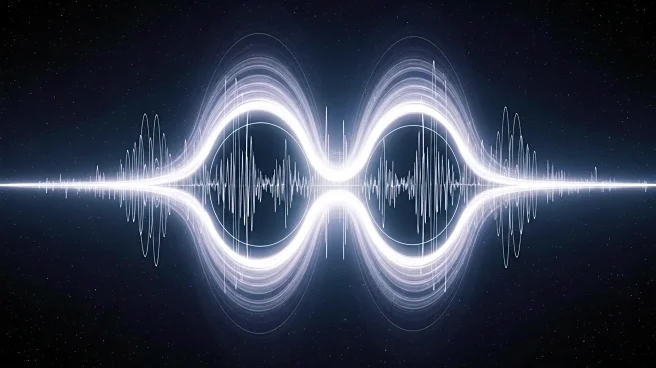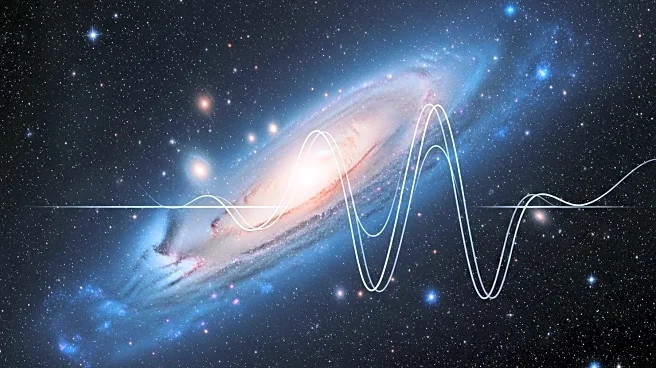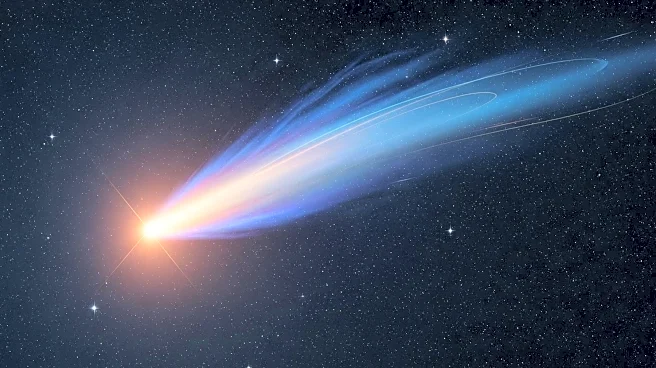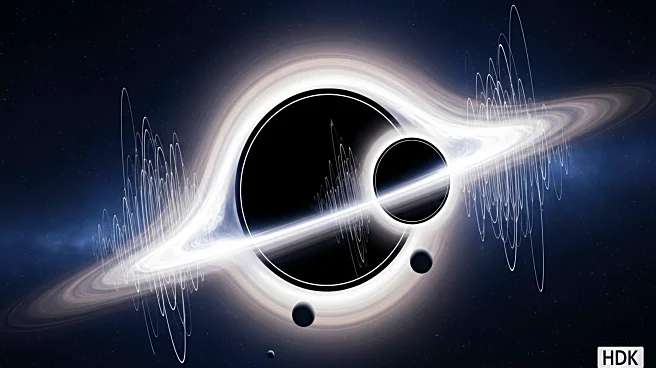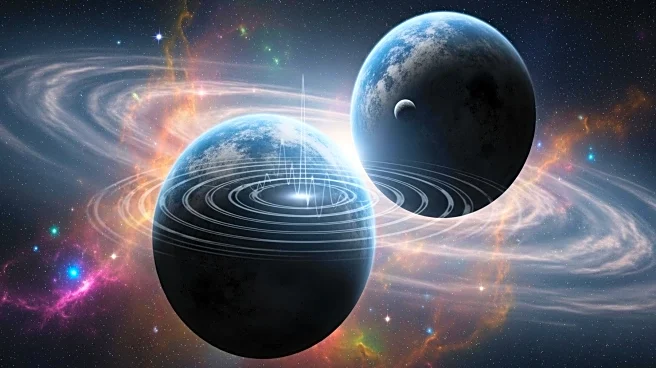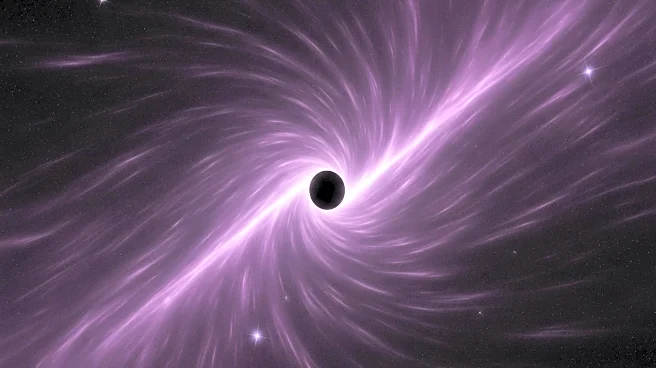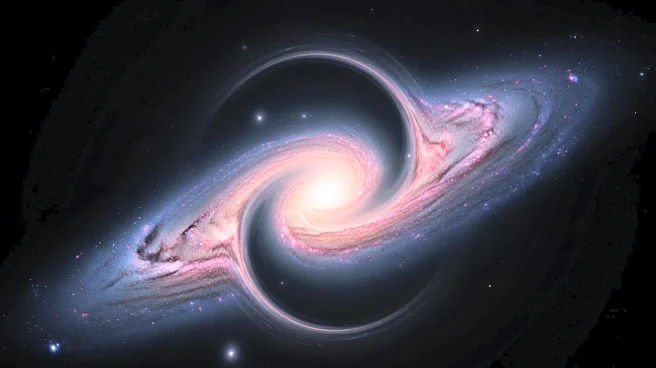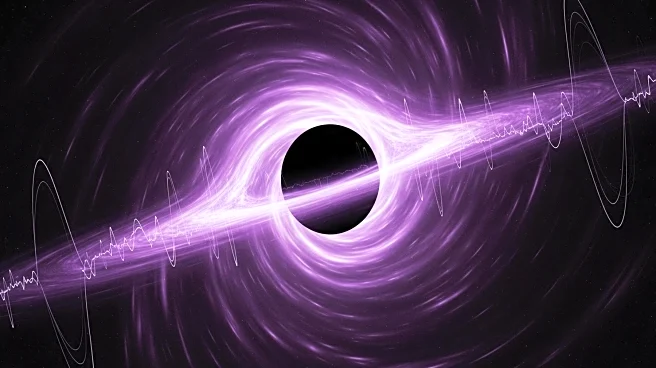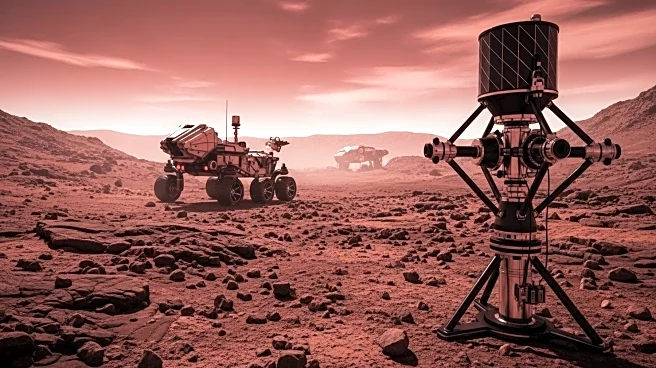What's Happening?
The Laser Interferometer Gravitational-Wave Observatory (LIGO) has confirmed Stephen Hawking's area theorem through the detection of a new gravitational wave event, GW250114. This event, similar to the first-ever detected gravitational wave GW150914, involved the merger of two black holes, each approximately 30 times the mass of the Sun. The detection was made possible by the enhanced sensitivity of LIGO's detectors, which have undergone significant upgrades over the past decade. These improvements have allowed LIGO to detect gravitational wave events with greater frequency and precision, providing more robust data for analysis. The recent detection not only confirms the existence of gravitational waves but also supports the theoretical predictions of general relativity and Hawking's theorem, which posits that the area of a black hole's event horizon cannot decrease over time.
Why It's Important?
This confirmation of Hawking's area theorem is a significant milestone in the field of astrophysics and gravitational wave astronomy. It provides strong evidence supporting the fundamental principles of general relativity and the nature of black holes. The ability to detect and analyze gravitational waves with such precision opens new avenues for understanding the universe's most extreme phenomena. The findings have implications for theoretical physics, particularly in testing the limits of Einstein's theories and exploring the properties of black holes. The success of LIGO's enhanced capabilities demonstrates the importance of continued investment in scientific infrastructure, which can lead to groundbreaking discoveries and advancements in our understanding of the cosmos.
What's Next?
Following this successful detection, the focus will likely shift towards further enhancing gravitational wave observatories. Plans for next-generation observatories, such as LIGO II and the Laser Interferometer Space Antenna (LISA), are expected to advance, promising even more detailed observations of cosmic events. These developments could lead to more frequent detections and a deeper understanding of the universe's structure and evolution. The scientific community will continue to analyze the data from GW250114 and other events to refine models of black hole behavior and test the boundaries of current physical theories.
Beyond the Headlines
The confirmation of Hawking's theorem through gravitational wave detection also touches on broader philosophical and scientific questions about the nature of the universe. It challenges researchers to consider the implications of black hole mechanics on concepts like entropy and information theory. The findings may influence future research in quantum gravity and the quest for a unified theory that reconciles general relativity with quantum mechanics.

